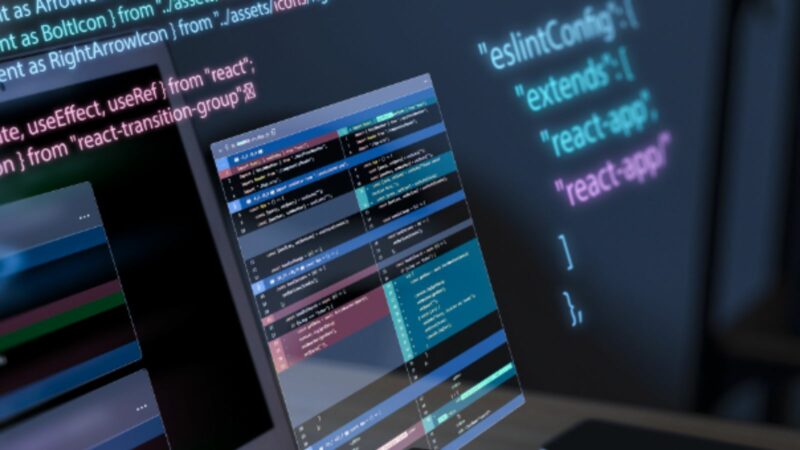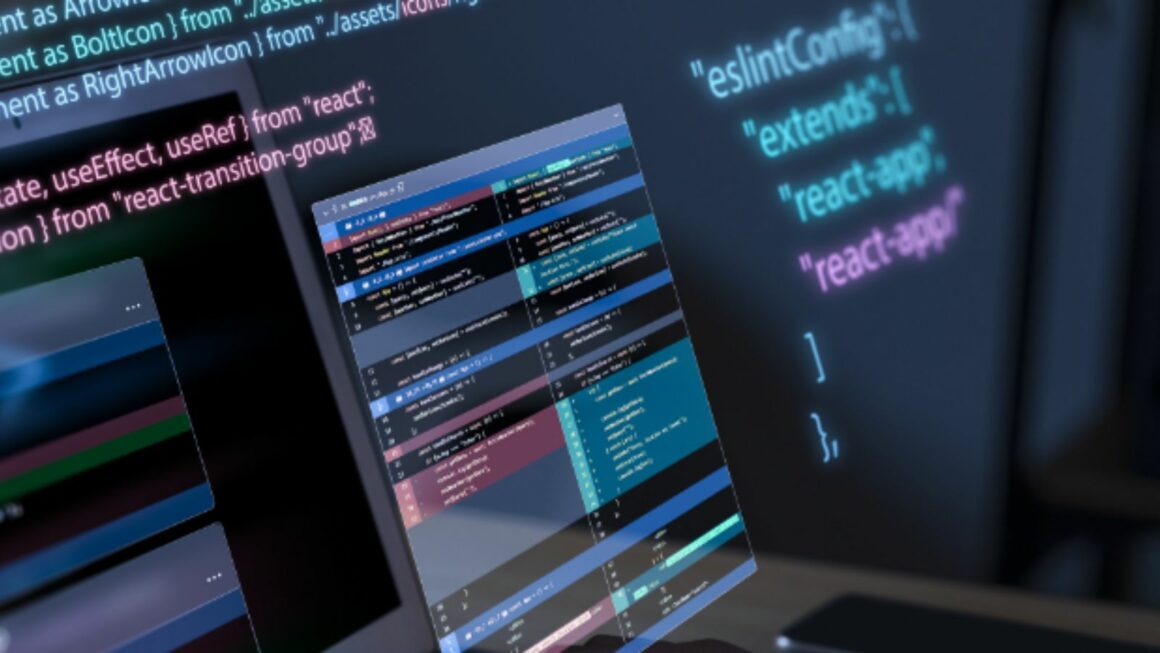In the fast-paced world of digital marketing, creative approval software has emerged as a game-changer. It’s the secret weapon that streamlines the review and approval process, turning chaos into order. This powerful tool is transforming how creative teams work, fostering collaboration while reducing time spent on tedious administrative tasks.
But what exactly is creative approval software and how does it work? More importantly, how can it benefit your business? This article will delve into these questions, providing you with a comprehensive understanding of this innovative technology. Whether you’re a seasoned marketing professional or a business owner looking to optimize your creative process, you’ll find valuable insights here. So, let’s dive in and explore the world of creative approval software.
Creative Approval Software

Having a clear comprehension of creative approval software, its definition, prime features, and advantages can be instrumental in taking the correct leap in the continuous transformation and expansion of digital marketing.Creative approval software, in its simple form, refers to a digital tool, specifically designed for driving efficiency in the creative process. It primarily helps marketing and creative teams manage, track, review, request changes, and ultimately approve digital assets, such as graphics, videos, and documents among others. Its use bridges the gap between creative producers and approvers, ensuring smoother workflows, eliminating communication barriers, and reducing unnecessary delays.
Key Features and Benefits
Inherently, creative approval software possesses several distinctive features, offering an array of benefits to its users. These features primarily include streamlining workflows, real-time collaboration, version control, and activity tracking.
- Streamlining Workflows: The software assists in organizing tasks and tracking progress in real-time, reducing clutter and maintaining a seamless flow of operations.
- Real-Time Collaboration: Its platform offers a conducive environment for team members to seamlessly interact, share ideas, and make necessary revisions without fettering productivity.
- Version Control: This feature ensures all team members access the most recent version of a creative asset, preventing confusion stemming from multiple draft versions.
- Activity Tracking: To hold team members accountable, the software includes a feature to track the time spent on individual tasks, helping improve overall productivity.
How Creative Approval Software Streamlines the Creative Process
Managing Creative Projects

Creative approval software takes charge of creative projects, offering a systematic workflow that boosts productivity and keeps the creative juices flowing. Unstructured feedback, frequent revisions, missed communications—these usual issues in creative projects are effortlessly resolved. Example A might be a scenario concerning version control. A designer submits an updated creative. The reviewer, seeing that the changes aren’t reflected, sends the visuals back for more edits. This seemingly endless loop of checks and revisions might occur if version control is absent. With creative approval software, versions are clear, changes are traceable, and progress is tangible.
Enhancing Team Collaboration
Efficient collaboration marks the heartbeat of any successful creative team. Creative approval software employs tools that make teamwork almost seamless. For instance, real-time collaboration features enable members from various aspects—designers, copywriters, managers—to work together on a creative. Rather than sending emails back and forth, they can simultaneously work on a project, view updates, give timely feedback, and achieve common goals.
Choosing the Right Creative Approval Software
Before investing in any creative approval software, it’s essential to examine key features and compare top solutions on the market to find a tool that’s a perfect fit for one’s needs.
Essential Features to Look For

In choosing a creative approval software, certain features stand out as particularly important. Firstly, the software must offer a user-friendly interface, providing simplified navigation paths for streamlined creative processes. Secondly, it must support real-time collaboration, enabling team members to contribute ideas, feedback, and revisions simultaneously.
Next, the tool ought to deliver effective project management capabilities, allowing teams to organize, schedule, and track the progress of multiple creative projects concurrently. Lastly, a robust version control system is vital to maintain brand consistency across all project iterations. This feature saves time and reduces chances of error by keeping track of each version and allowing easy retrieval.



